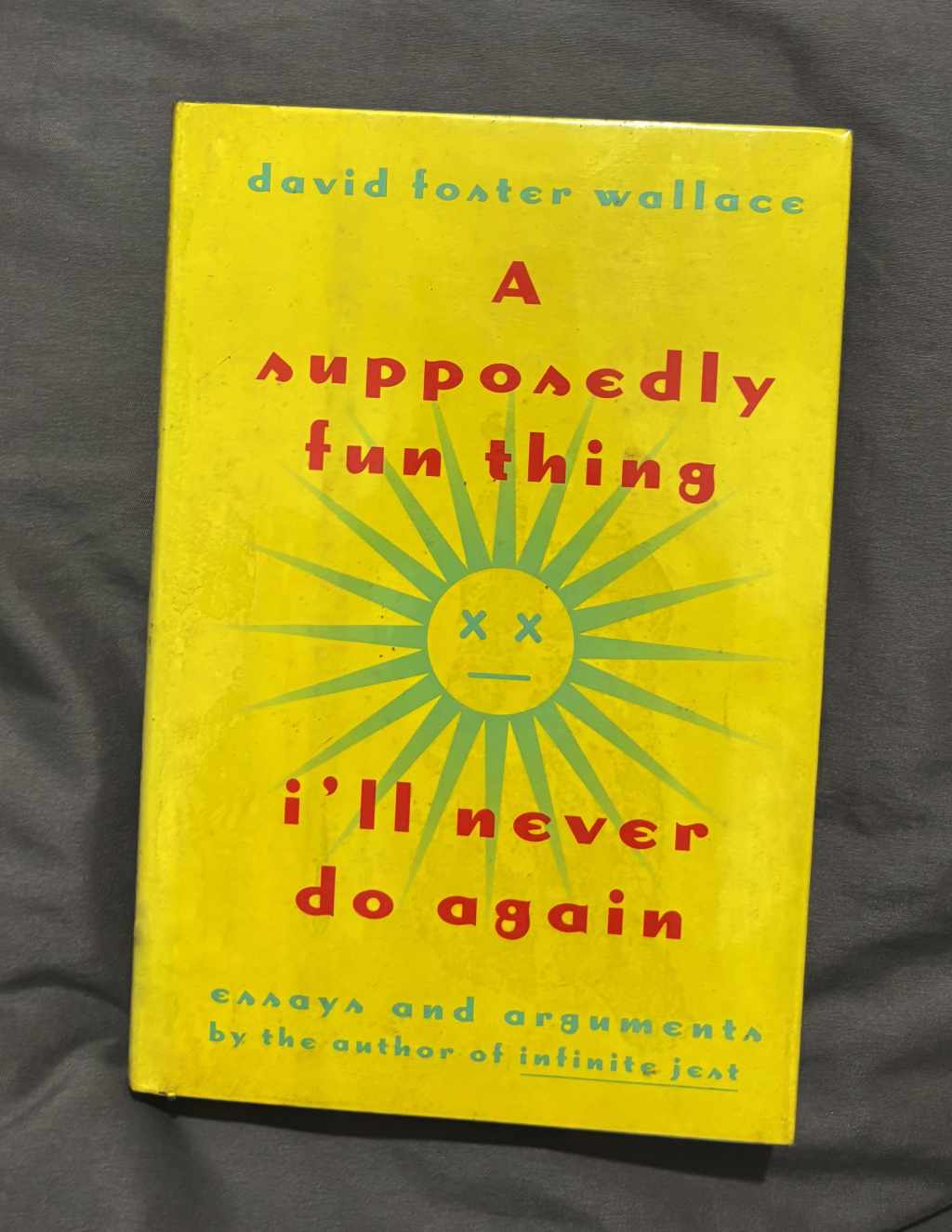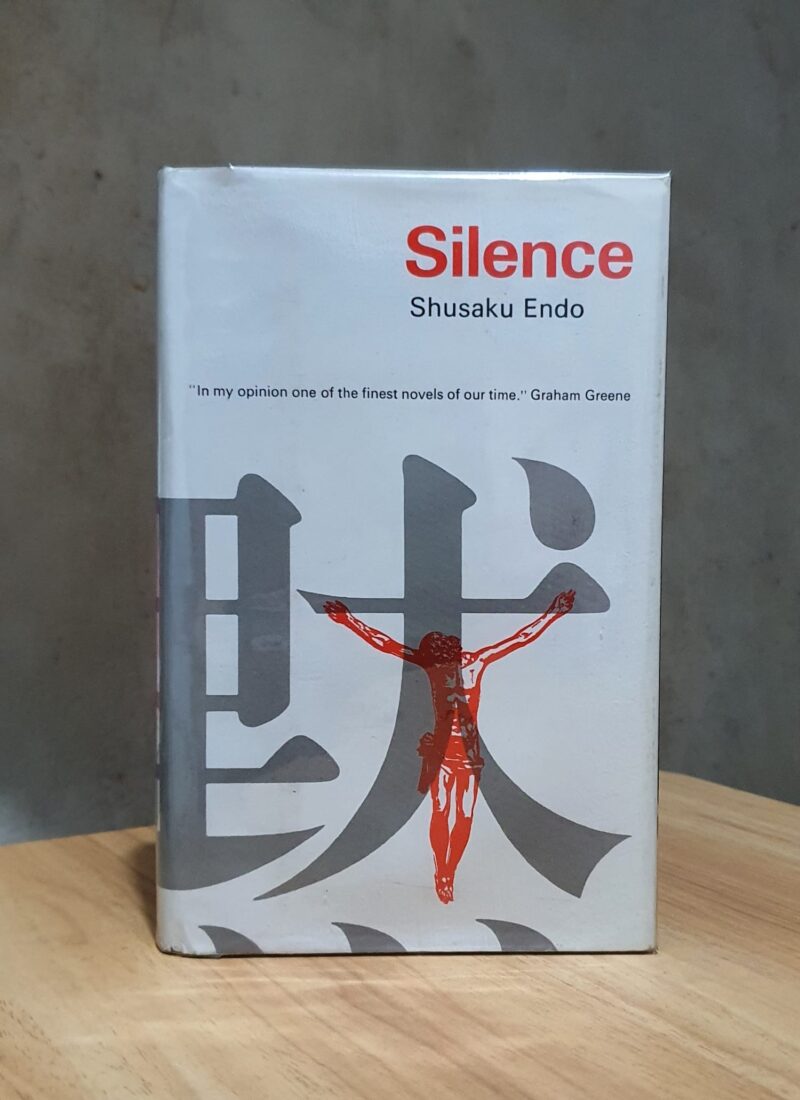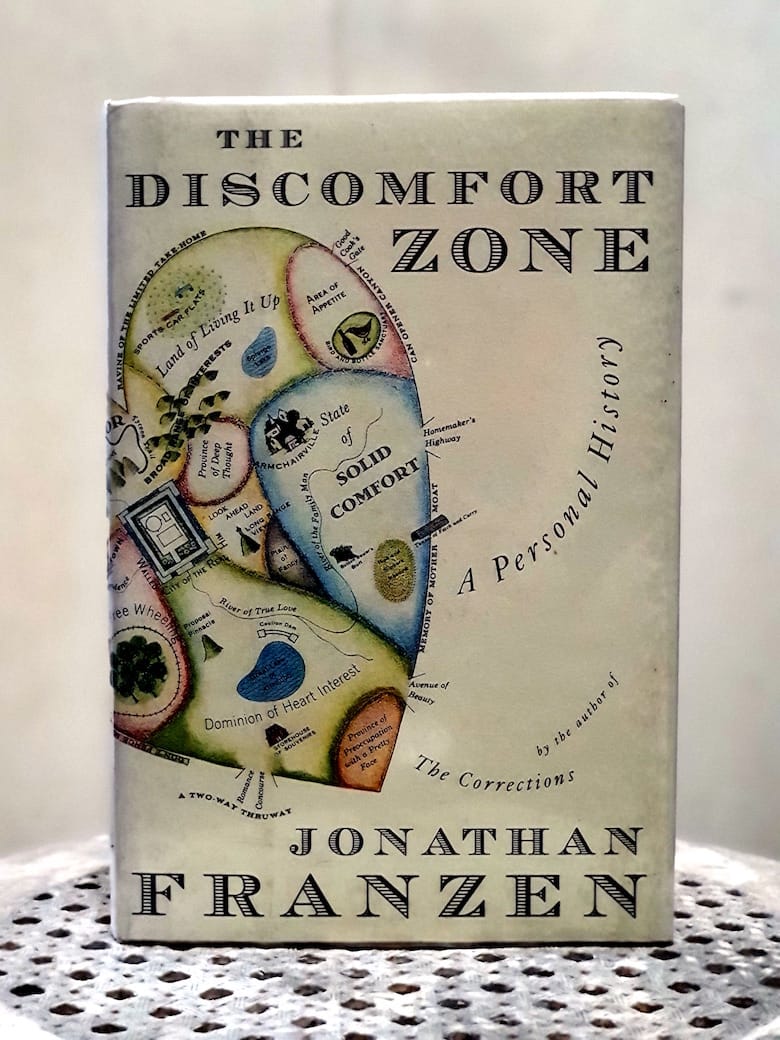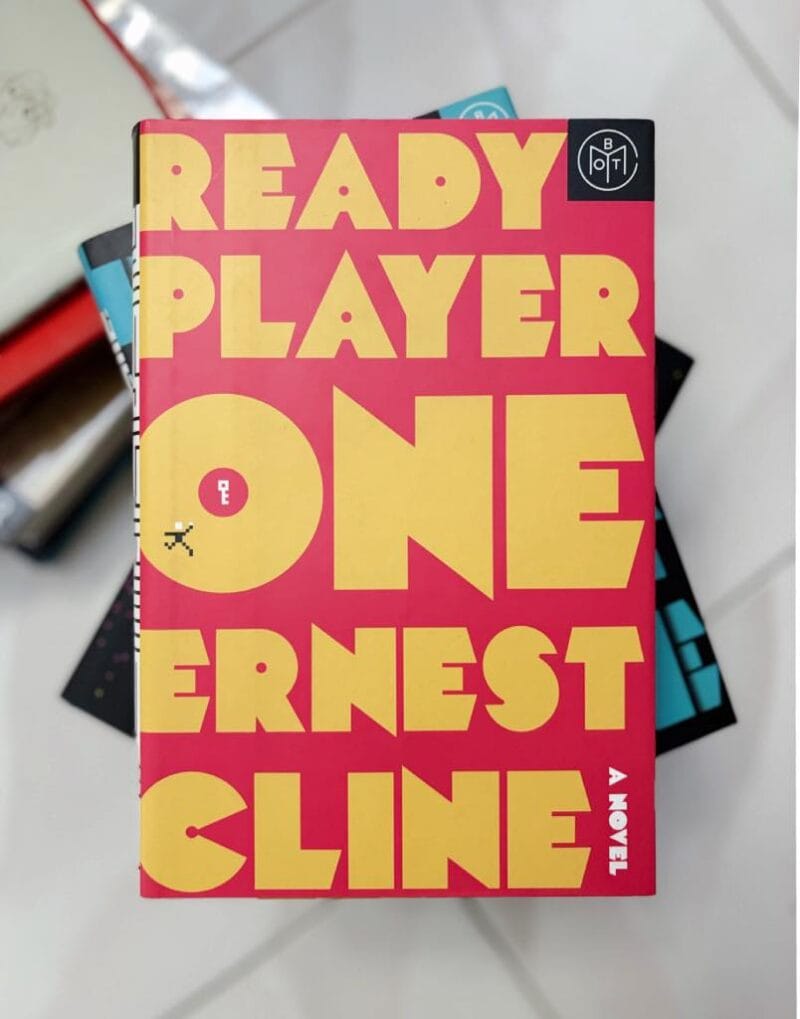David Foster Wallace’s A Supposedly Fun Thing I’ll Never Do Again (1997) stands as one of the most incisive essay collections in American literature that combines humor, critique, and self-awareness into a style that entertains while also being disquieting. The book gathers seven essays written across the 1990s, ranging from meditations on the Illinois State Fair to the surreal experience of boarding a luxury cruise ship, and from critiques of television culture to examinations of professional tennis. Each piece is anchored in Wallace’s capacity to observe the minutiae of cultural life while exposing the deeper anxieties beneath them.
The title essay, originally published as “Shipping Out” in Harper’s Magazine in 1996, epitomizes Wallace’s voice at its most elaborate and satirical. It details his seven-day Caribbean cruise with meticulous description, weaving together travel writing, cultural critique, and personal confession. His reluctance to present the trip as leisure reflects his broader skepticism about entertainment and consumerism in late twentieth-century America. Through its hybrid form, A Supposedly Fun Thing both critiques the culture it depicts and invents new possibilities for the literary essay.
Core Themes
The essays circle recurring concerns that mark Wallace’s work: the seduction of entertainment, the tension between irony and sincerity, and the unease of inhabiting a culture saturated with images and constant stimulation. These themes tie the collection together. They inform its critical engagement with diverse subjects.
Entertainment and the Machinery of Pleasure
Central to the collection is Wallace’s ambivalence toward entertainment. In the title essay, the cruise is designed as an escape from boredom, orchestrated with military precision to eliminate all discomfort. Yet Wallace finds the experience suffocating rather than liberating. The promise of relaxation curdles into a confrontation with emptiness. Entertainment, he suggests, can create hunger rather than satisfaction, a cycle of desire that leaves participants disturbed.
This skepticism is not limited to the cruise. In his essay “E Unibus Pluram: Television and U.S. Fiction,” Wallace extends the critique to television. He argues that the medium thrives on irony and self-reference, training viewers into a passive cynicism. The television’s addictive power lies in its ability to simulate intimacy while demanding nothing in return. In both cases, luxury cruises and televised entertainment, Wallace identifies pleasure as a carefully managed industry that conceals its hollowness beneath surface charm.
Irony, Sincerity, and the Postmodern Condition
Wallace is often positioned as a writer who sought a renewal of sincerity after the high irony of postmodernism. In “E Unibus Pluram,” he diagnoses irony as the dominant cultural mode of late twentieth-century America, tracing its role in literature and television alike. Irony exposes hypocrisies, but it also corrodes belief. Wallace suggests that a new kind of fiction must push beyond irony toward sincerity without becoming naïve.
The essays embody this struggle. Wallace often deploys irony by layering jokes and exaggerations, yet he also interrupts himself with earnest admissions of loneliness, anxiety, or longing. His style enacts the very tension he identifies: a voice trying to reach authenticity while acknowledging the traps of its own cleverness.
Isolation and the Search for Connection
Behind Wallace’s humor lies a persistent awareness of isolation. The cruise ship essay crystallizes this: surrounded by hundreds of vacationers, he feels only more acutely alone. The essay’s digressions into despair—his fear of going mad at sea, his dread of death—break through the comic tone. What begins as a report on leisure transforms into an anatomy of solitude within communal pleasure.
Elsewhere in the collection, the pattern persists. In “Tennis Player Michael Joyce’s Professional Artistry as a Paradigm of Certain Stuff about Choice, Freedom, Discipline, Joy, Grotesquerie, and Human Completeness,” Wallace follows a rising professional through the Canadian Open qualifying rounds and examines how the tour’s routines, discipline, and thin margins show what sustained excellence asks of an individual. In “Greatly Exaggerated,” a review of H. L. Hix’s Morte d’Author: An Autopsy (1990), he tests the “death of the author” thesis and argues for a more grounded account of how writers, texts, and readers interact. Taken together, these pieces trace a movement from entertainment culture to performance culture and show how both promise satisfaction yet leave important needs unmet.
Structure of the Collection
The book is not arranged randomly but progresses from personal observation to broader cultural critique. Its structure highlights Wallace’s versatility as an essayist, moving between reportage, literary criticism, and autobiographical confession.
From Local Observation to Global Satire
The opening essay, “Derivative Sport in Tornado Alley,” recounts Wallace’s childhood in Illinois and blends memory, regional description, and reflections on mathematics and tennis. It places the collection in personal territory before turning outward. “Getting Away from Already Being Pretty Much Away from It All,” his essay on the Illinois State Fair, reads like an anthropological study of Midwestern life, drawing attention to how culture packages identity and leisure. These early pieces set the stage for the larger satire of the cruise ship.
By contrast, “David Lynch Keeps His Head” analyzes the director’s films, with particular attention to Lost Highway (1997) and the way Lynch fuses ordinary domestic settings with eruptions of menace. Wallace treats the material with the same granular attention he applies to state fairs and cruise decks, cataloging detail after detail until the strangeness of Lynch’s vision becomes unmistakable. The essay bridges the personal and the critical by suggesting that cultural artifacts (whether films or tourist attractions) reveal the same underlying dynamics of distortion, irony, and discomfort.
The Title Essay as Structural Centerpiece
The cruise essay dominates the collection, both in length and in thematic scope. Its encyclopedic quality reflects Wallace’s stylistic ambition: he tries to record every observation, no matter how trivial, as if capturing the entire reality of the trip could unmask its artificiality. The essay functions as the book’s centerpiece, both crystallizing its themes and embodying Wallace’s maximalist style.
Interleaving Criticism and Memoir
The collection’s sequencing alternates between essays grounded in personal experience and those oriented toward cultural criticism. This structure prevents the book from collapsing into autobiography while also ensuring that abstract analysis remains anchored in concrete reality. The balance exemplifies Wallace’s unique contribution to nonfiction: the essay as both self-examination and cultural diagnosis.
Prose Style
Any review of this book must contend with Wallace’s prose, whose sentences stretch with subordinate clauses, footnotes, and digressions. His style is not simply decorative; it is diagnostic, designed to mimic the clutter of consciousness and the saturation of contemporary culture.
The Role of Footnotes
Wallace’s use of footnotes in these essays serves both ornamental and functional purposes. They serve as a parallel text, expanding, undercutting, or complicating the main argument. In the cruise essay, the footnotes multiply until they nearly overwhelm the body text, thereby mirroring the excess of the cruise. This stylistic choice destabilizes the boundary between main and marginal, forcing the reader to experience the same overload Wallace critiques.
Syntax and Rhythm
Wallace’s sentences often run to extraordinary length, but their rhythm keeps them controlled and purposeful. He layers syntax to capture the simultaneity of perception. His descriptions of buffet tables or state fair exhibits build detail upon detail until they verge on parody, yet the rhythm sustains momentum rather than slackness. The style produces both immersion and critique.
Humor as Strategy
Humor runs throughout the collection, often as exaggeration or absurd juxtaposition. In the cruise essay, he describes the pampering of passengers with a mixture of awe and dread, turning banal comforts into scenes of surreal menace. Humor functions as entertainment while also serving as a tool of critique, disarming the reader while drawing attention to deeper anxieties.
Cultural Critique in the Book
Beyond their humor and descriptive richness, Wallace’s essays also continue the thread of cultural analysis introduced in earlier sections. They probe how late-twentieth-century America balanced material plenty with persistent dissatisfaction and how irony influenced a generation’s struggle to recover sincerity.
The Cruise Ship as Microcosm
The luxury cruise functions as a condensed version of consumer culture, promising perfect leisure while concealing labor, inequality, and death. Wallace’s fixation on the ship’s design, staff hierarchies, and marketing language exposes how the promise of pleasure depends on erasure. The passengers must not see the workers’ exhaustion, the waste produced by indulgence, or the emptiness behind the slogans. The cruise becomes a metaphor for the late capitalist pursuit of happiness through consumption.
Television and Fiction
In “E Unibus Pluram,” Wallace makes one of his most influential arguments. Television has fundamentally altered the possibilities of American fiction. Television normalizes irony and self-reference. This trains audiences to distrust sincerity. For fiction to remain vital, he argues, it must respond to this cultural condition without simply replicating it. This essay, though critical, is also generative. It points toward new directions in literature. The influence of this piece can be traced in subsequent writers who grapple with sincerity in an ironic age, from Dave Eggers to Zadie Smith.
Sports as Aesthetic and Ethical Problem
Wallace’s essay on professional tennis, “Tennis Player Michael Joyce’s Professional Artistry,” examines athletics as a lens on discipline and ambition. He admires Joyce’s extraordinary dedication while also exposing the isolating and dehumanizing demands of the tour. The piece reinforces the book’s concern with performance, pleasure, and the cost of perfection.
This concern is foreshadowed in “Derivative Sport in Tornado Alley,” where Wallace reflects on his youth as a competitive junior player in Illinois. There the game becomes less a matter of professional strain than of environment and geometry, characterized by the flatness of the land and the predictability of weather. Together, the two essays reveal how sport can function both as an aesthetic form and as an ethical burden, linking the mathematics of play to the human price of excellence.
Literary Significance
The collection holds an important place in the history of the American essay. With this book, Wallace revitalized nonfiction by demonstrating how the essay could absorb the energies of fiction, journalism, and philosophy while retaining its flexibility.
Wallace and the Essay Tradition
Wallace’s essays belong to a lineage stretching from Michel de Montaigne to Joan Didion, yet they expand the form’s possibilities. His maximalist style and self-consciousness marked a departure from the spare, meditative essay. Instead, he produced essays that mirrored the clutter of modern life while maintaining analytical rigor. In a way, A Supposedly Fun Thing helped redefine the essay for the digital and postmodern age.
Influence on Contemporary Literature
The book influenced both nonfiction and fiction writers who sought to blend personal voice with cultural critique. Its impact can be traced in works like John Jeremiah Sullivan’s Pulphead (2011), which shares Wallace’s mix of memoir and reportage, or Leslie Jamison’s The Empathy Exams (2014), which explores the intersections of personal confession and cultural analysis. These successors testify to Wallace’s role in altering the possibilities of essayistic prose.
The Book’s Enduring Relevance
Nearly three decades after its publication, the book continues to be read widely, both in classrooms and by general audiences. Its analysis of entertainment culture remains pertinent in an era dominated by digital platforms and social media. The cruise ship may have been Wallace’s subject, but its structure of managed pleasure anticipates the curated feeds and algorithmic entertainment that direct twenty-first-century life.
The continued presence of the book in discussions of literature and culture signals more than its historical moment. Wallace’s essays demonstrate the confrontation between personal observation and the mechanisms of entertainment, technology, and performance, using both humor and unease. Their relevance today lies in this dual capacity: they record the anxieties of the 1990s while still illuminating the conditions of our culture. This makes the collection a touchstone for how nonfiction compositions can engage critically with everyday realities.
Further Reading
Chapter One of A Supposedly Fun Thing I’ll Never Do Again on The New York Times
A Supposedly Fun Thing I’ll Never Do Again on Wikipedia
A Supposedly Fun Thing I’ll Never Do Again by David Foster Wallace on Reddit




